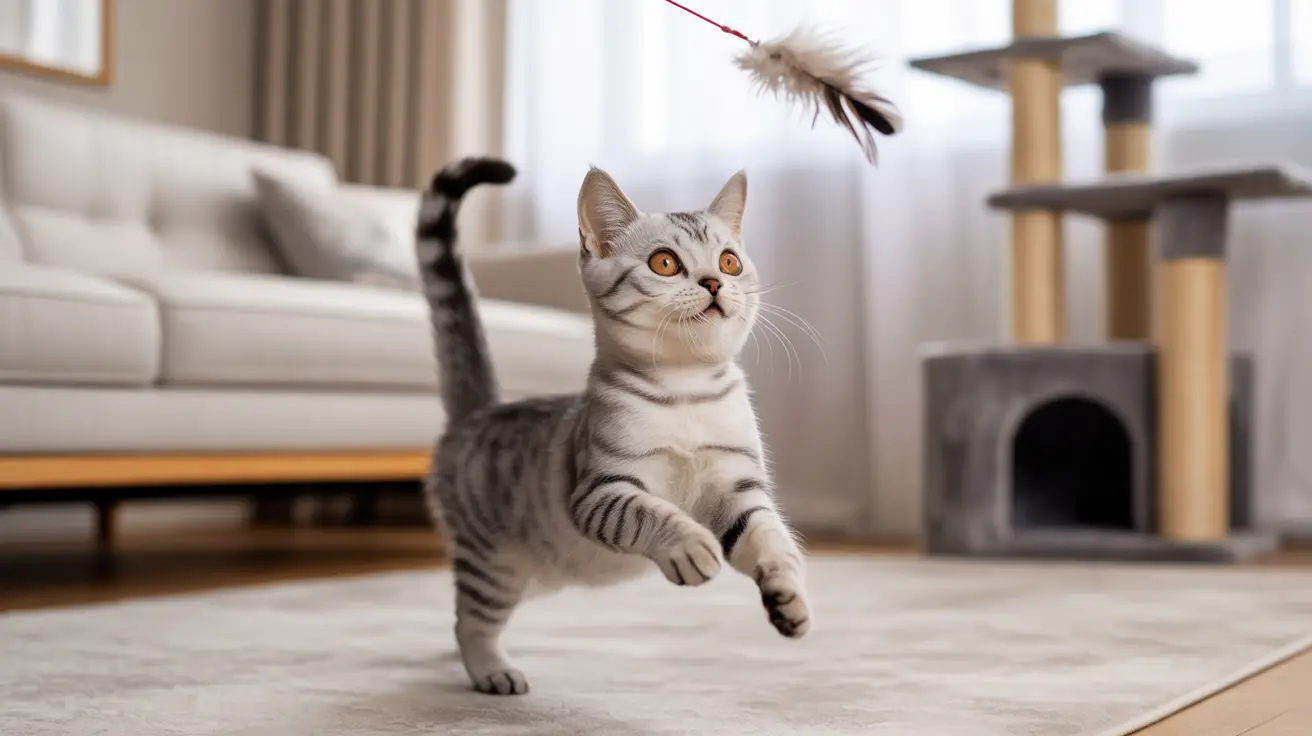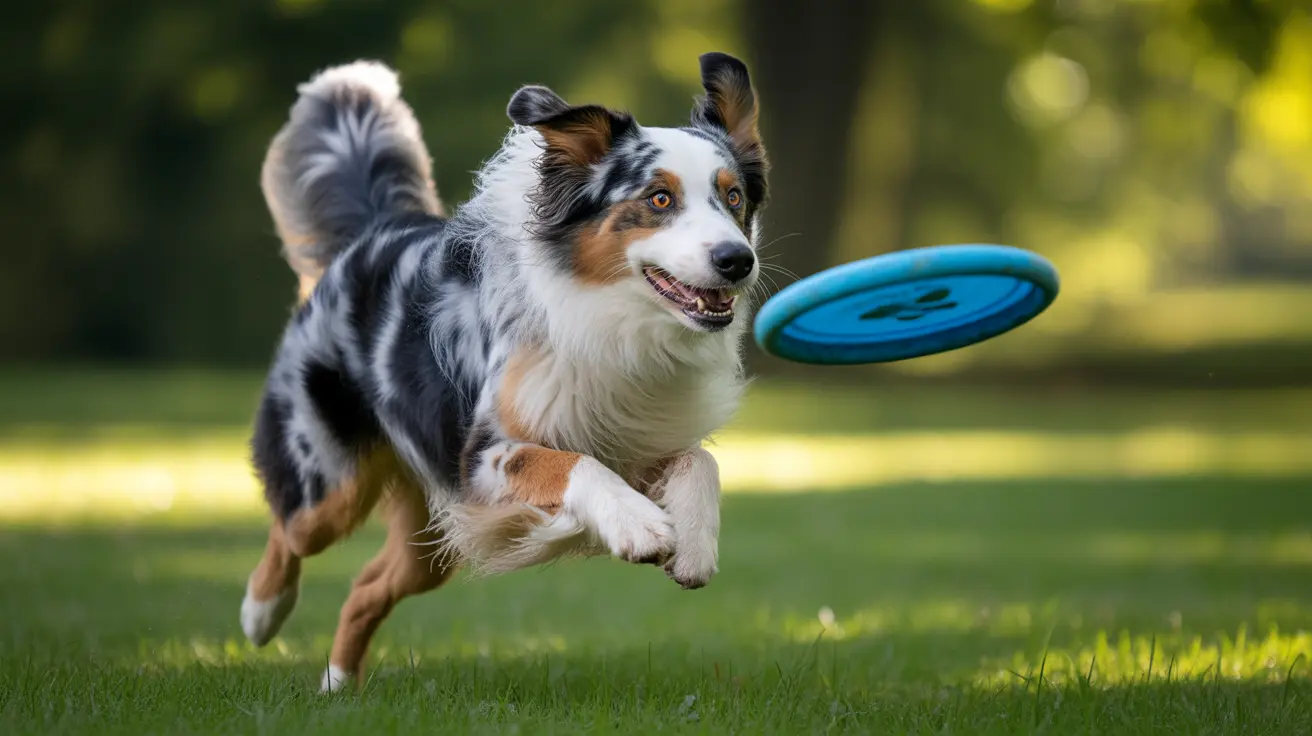The Leading Cause of Death in Pomeranians: Trauma
Pomeranians are beloved for their small size, abundant personality, and elegant fluffy coats. While they are generally healthy and have a long lifespan of 12–16 years, there is one particular threat that stands out as the number one killer of these tiny dogs:
trauma. Understanding why trauma leads mortality in this breed can help owners take preventive steps to ensure a long and healthy life for their pets.
Understanding Trauma in Pomeranians
Trauma in veterinary medicine often refers to any physical injury resulting from external force, and in the case of Pomeranians, their size significantly increases vulnerability. Whether it’s an accidental fall, being stepped on, or getting struck by a vehicle, such incidents can result in severe injury or death.
Common Causes of Traumatic Death in Pomeranians
Below are several scenarios often implicated in traumatic deaths among Pomeranians:
- Falls: Jumping from couches or being dropped by humans, especially children.
- Being Stepped On: A common risk with such a small breed, especially in households with larger dogs or unaware individuals.
- Escaping Outside: Small size allows them to slip through fences or open doors, where they are vulnerable to cars or wild animals.
- Rough Play: Playtime with larger dogs or children can inadvertently cause broken bones or internal injuries.
Why Are Pomeranians So Prone to Trauma?
Size and build are key contributors. Pomeranians usually weigh between 3–7 pounds and stand just 6–7 inches tall. This delicate frame makes them less resilient to impact and injury than medium or large breeds. Despite their bold behavior, they lack the physical robustness to back it up.
Preventing Trauma in Pomeranians
Preventive care is paramount in minimizing trauma-related incidents. Here’s how to help safeguard your fluffy companion:
- Supervise Closely: Be especially vigilant during playtime, walks, and when they are around children or other pets.
- Use a Harness: Never attach a leash to a collar. A harness prevents pressure on the trachea and gives better control.
- Create Safe Spaces: Remove hazards like slippery floors, open ledges, and tripping risks at home.
- Teach Children: Show young family members how to handle and play gently with the dog.
- Secure Outdoor Spaces: Ensure fences are low-gap and gates latch firmly to prevent escapes.
Recognizing Signs of Trauma
In the unfortunate event your Pomeranian experiences an accident, recognizing the signs of trauma quickly can be lifesaving:
- Lameness or inability to walk
- Bleeding or visible wounds
- Rapid or labored breathing
- Lethargy or loss of consciousness
- Whining or signs of pain when touched
Immediate veterinary care is crucial in any of these scenarios. Even if your pet seems fine, internal injuries can go unnoticed.
Other Leading Causes of Death in Pomeranians
While trauma is the top killer, other health conditions are notable causes of mortality:
- Gastrointestinal Diseases: Including pancreatitis and inflammatory bowel disease.
- Infections: Such as distemper, parvovirus, and tick-borne illnesses.
- Genetic Disorders: Including hypoglycemia, tracheal collapse, and heart disease.
Timely vaccinations and regular checkups can help mitigate most of these risks.
Conclusion: Safety First for a Long, Healthy Life
Thanks to their high intelligence, affectionate temperament, and vibrant energy, Pomeranians make exceptional companions when cared for correctly. Preventing trauma is the most impactful step you can take to ensure your Pom lives a long and joyful life. From careful handling to creating a secure environment, proactive care is the best defense against the breed’s leading cause of death. Remember, despite their confidence and spirit, these small dogs need protection to thrive.





